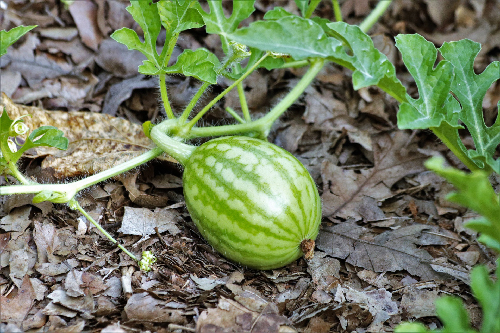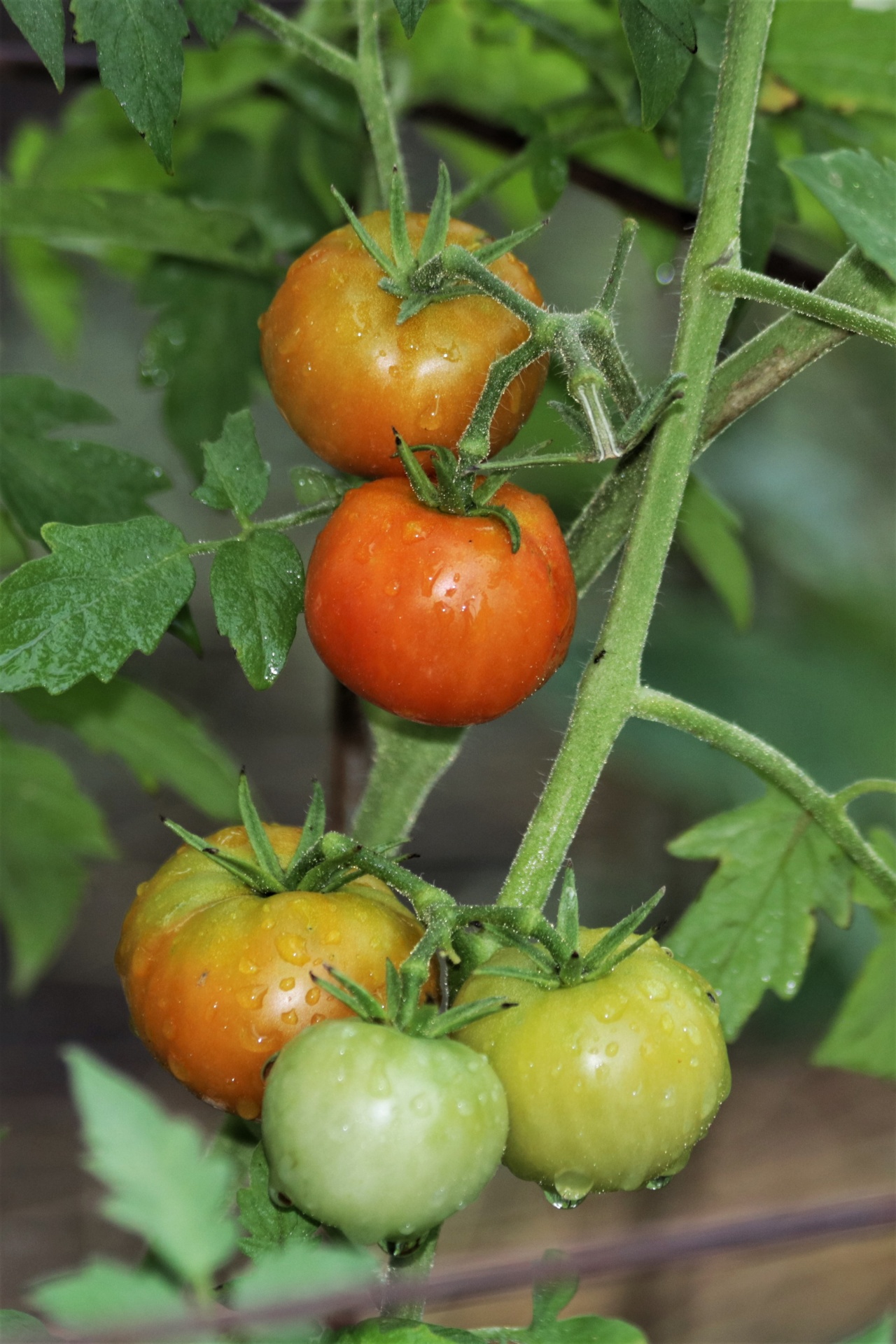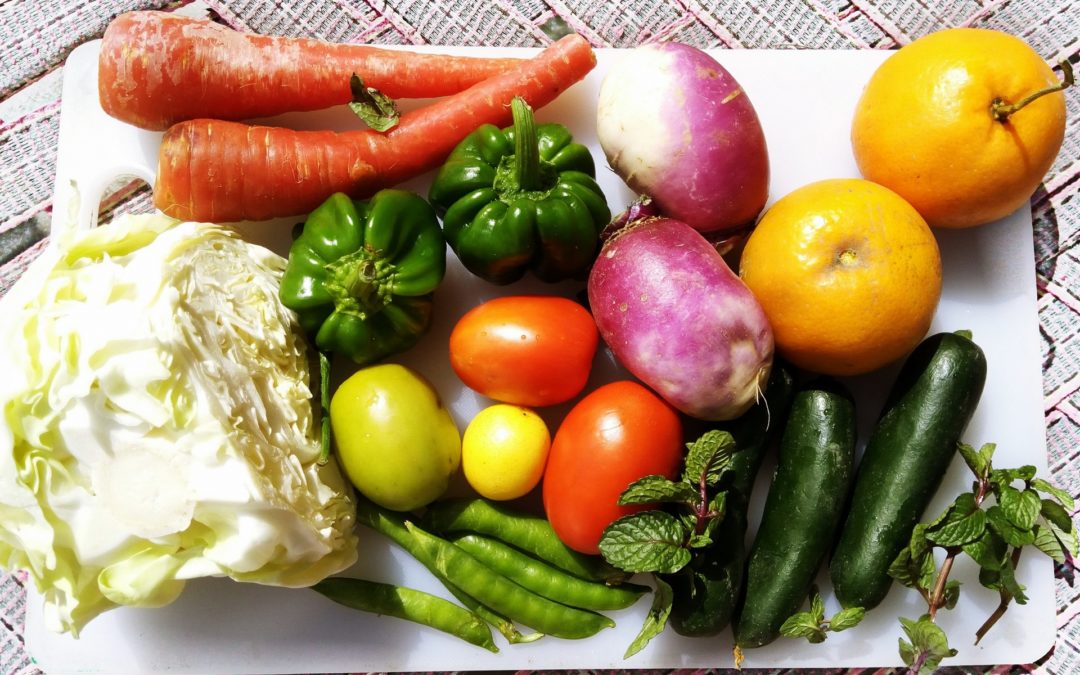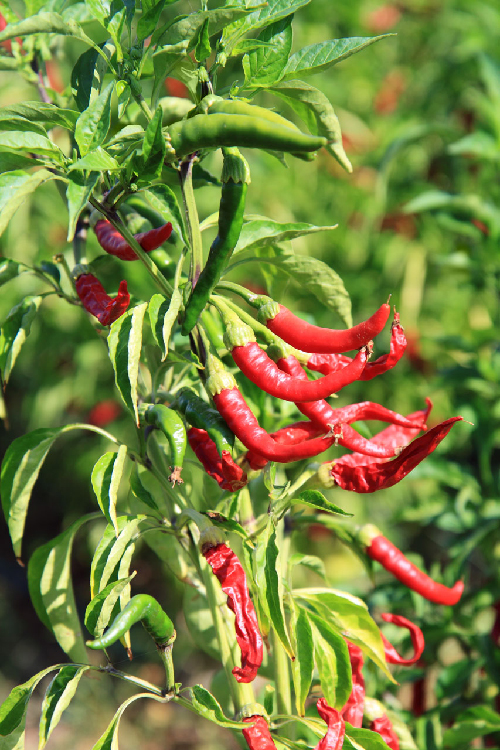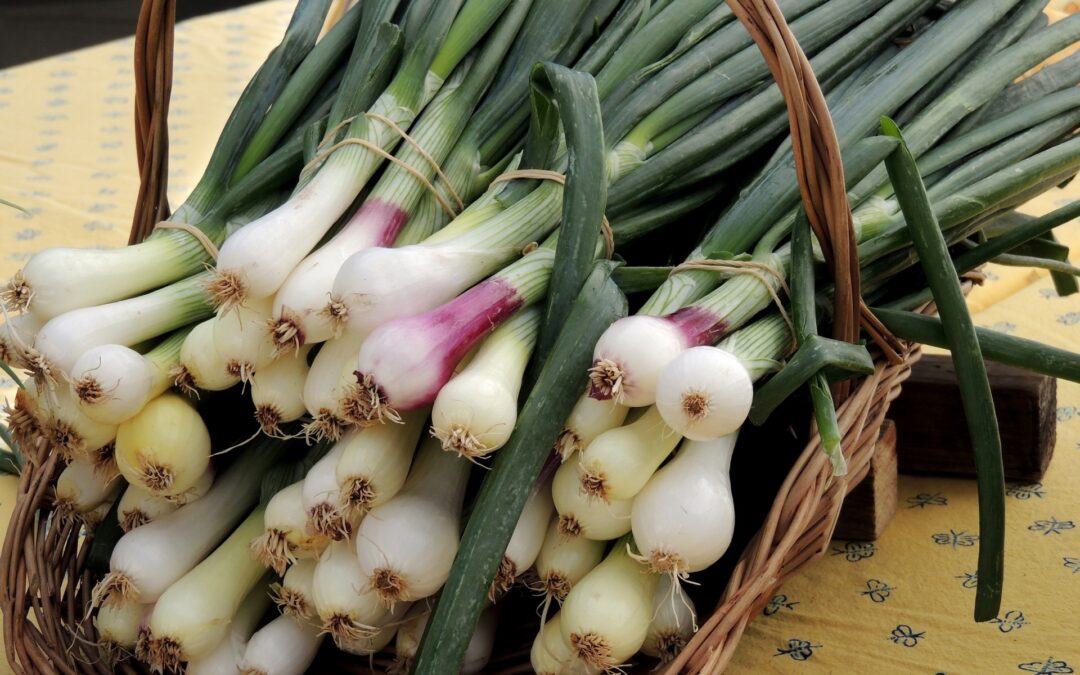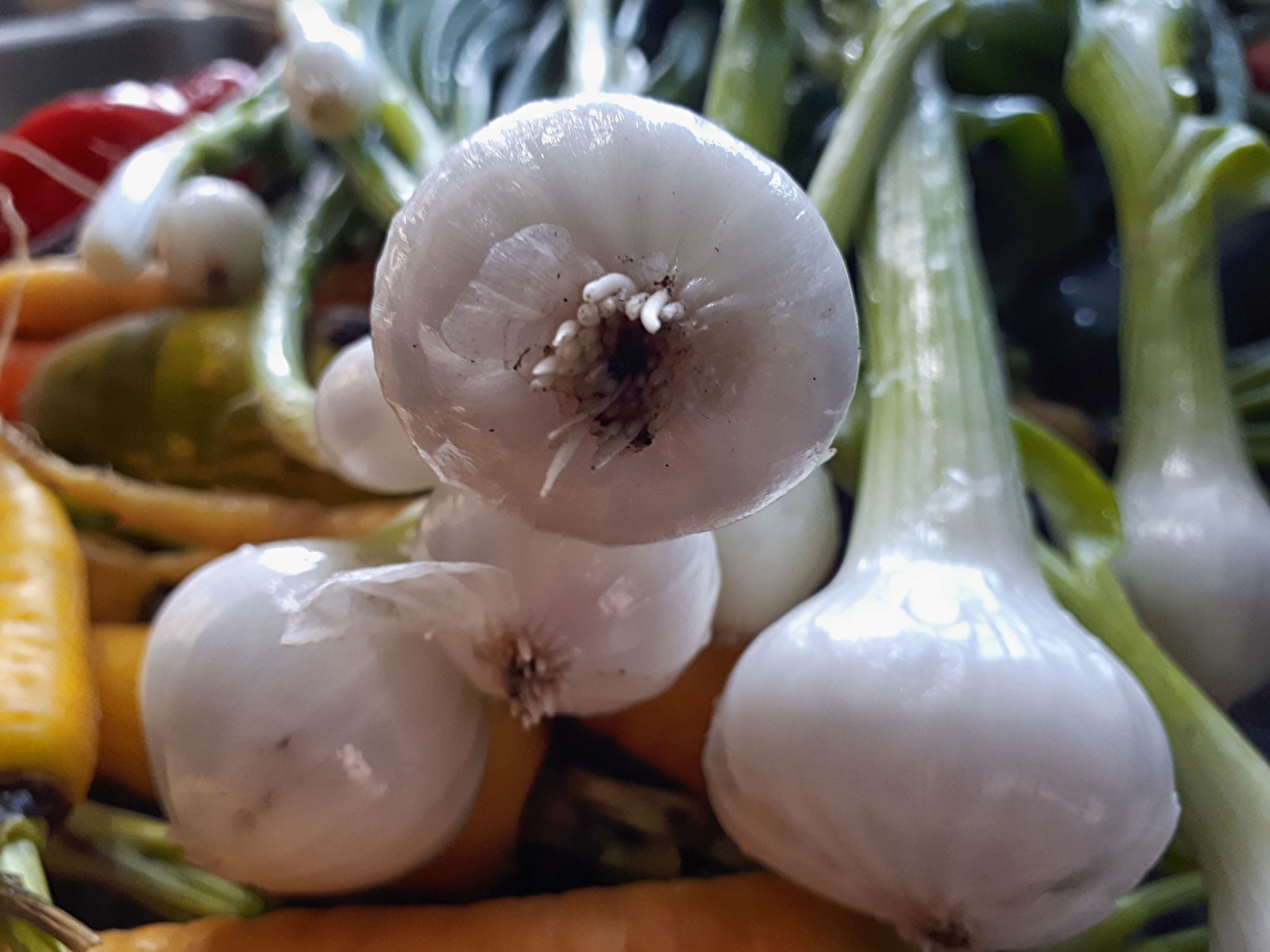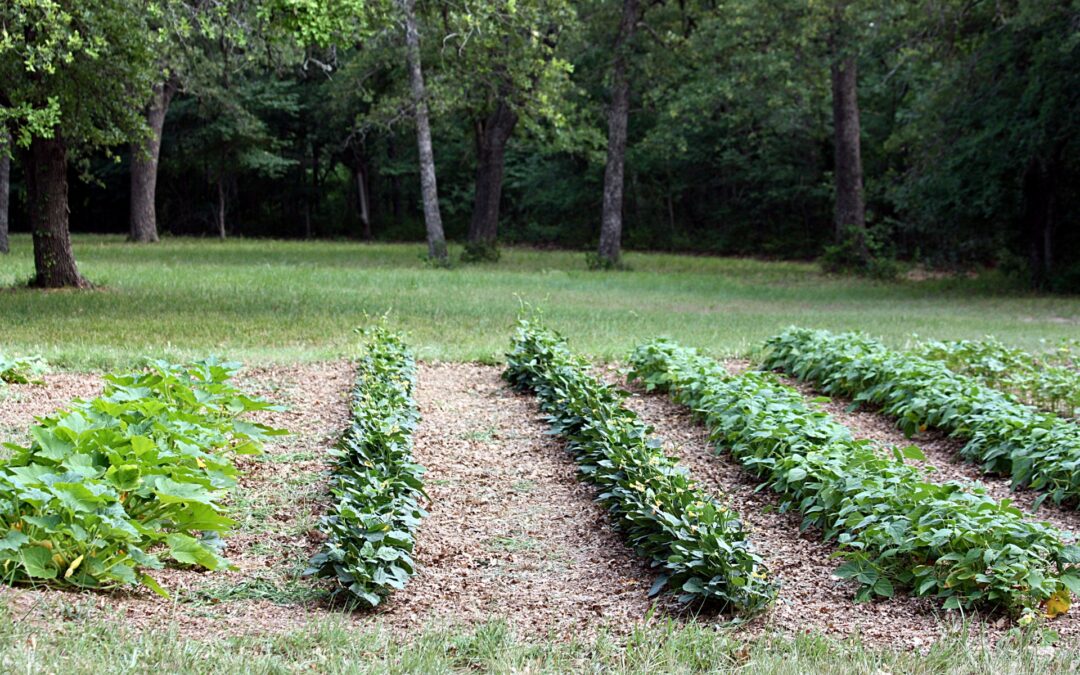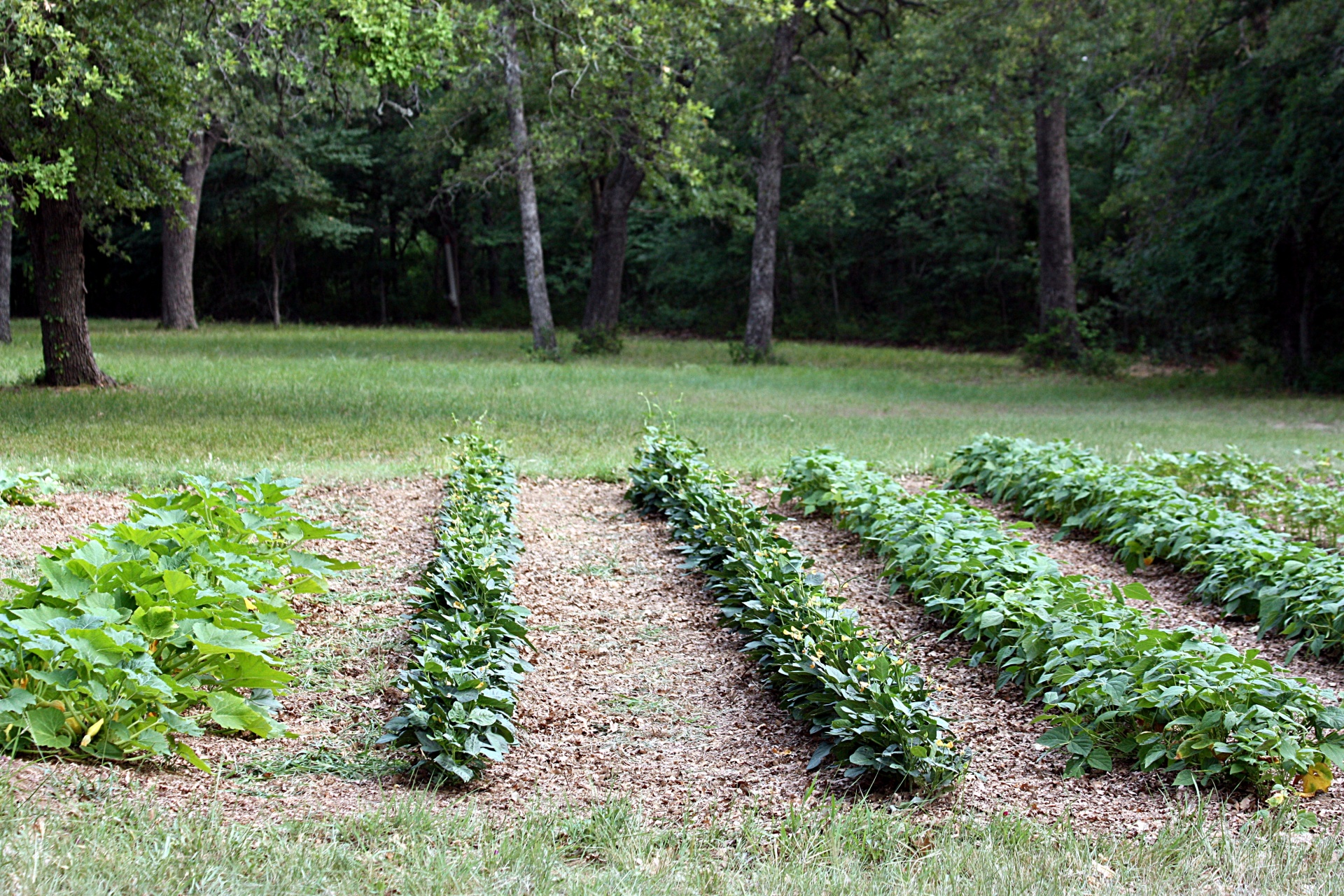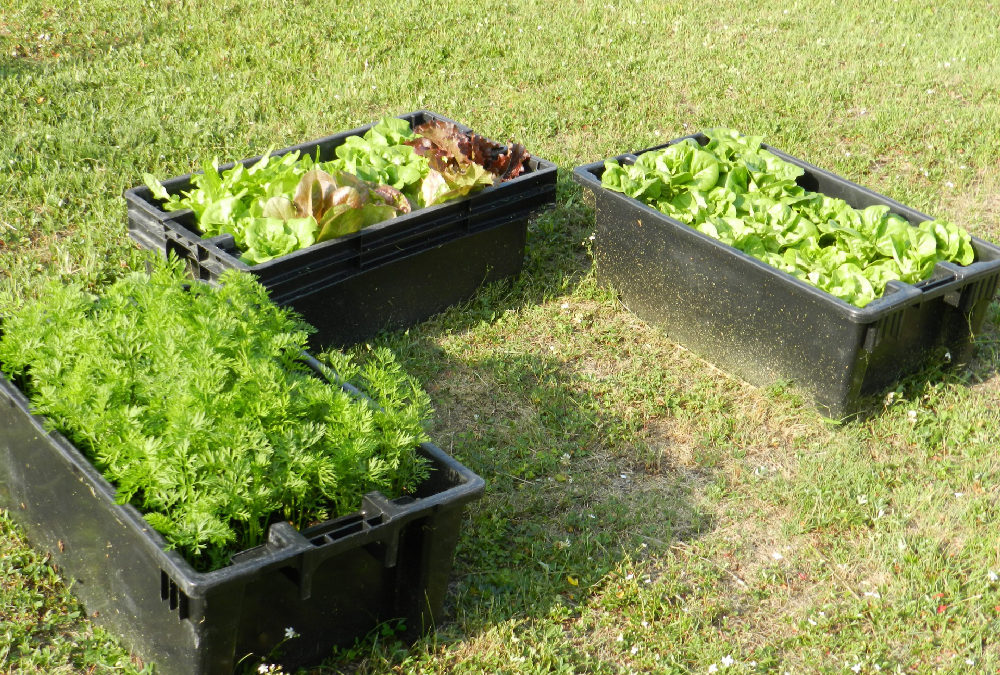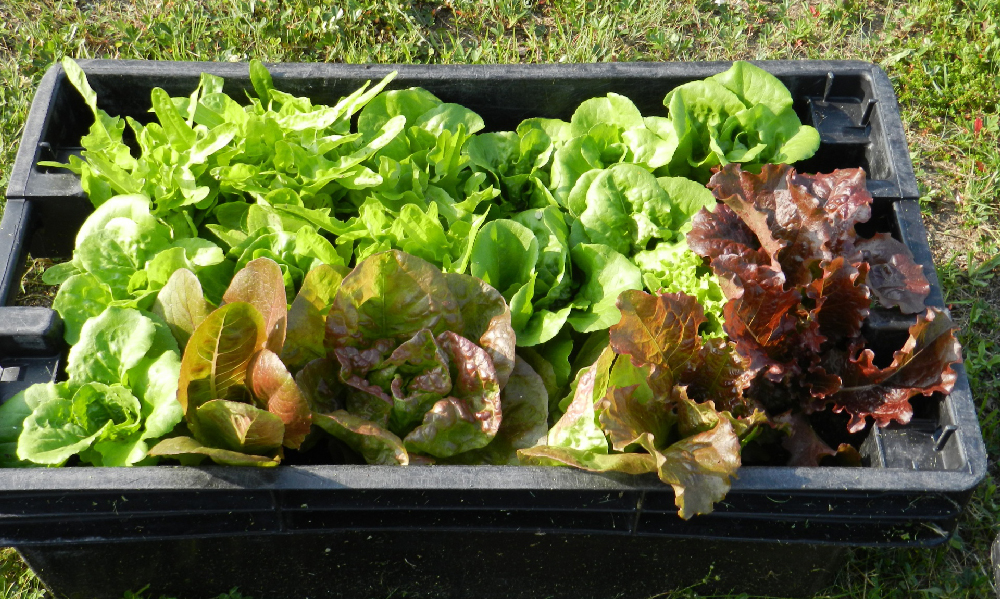
Ten Ways to Beat the Heat with Summer Melons
If your current planting goals involve plants that require good water drainage, I am sure you know how frustrating it is to have a yard that just won’t cooperate. Some plants can handle the excess water that comes about from being in an area that doesn’t drain properly. In fact, it might just cause them to bloom more lushly. However, other plants don’t cope as well, and it will cause them to die a gruesome, bloated death. You should always find out about the drainage required for every plant you buy, and make sure that it won’t conflict with any of the areas you are considering planting it in.
Here is a link to find the best soil to grow vegetables: Amazon
In order to test how much water your designated patch of soil will retain, dig a hole approximately ten inches deep. Fill it with water, and come back in a day when all the water had disappeared. Fill it back up again. If the 2nd hole full of water isn’t gone in 10 hours, your soil has a low saturation point. This means that when water soaks into it, it will stick around for a long time before dissipating. This is unacceptable for almost any plant, and you are going to have to do something to remedy it if you want your plants to survive.
The usual method for improving drainage in your garden is to create a raised bed. This involves creating a border for a small bed and adding enough soil and compost to it to raise it above the rest of the yard by at least 5 inches. You’ll be amazed at how much your water drainage will be improved by this small modification. If you’re planning to build a raised bed, your prospective area is either on grass or on dirt. For each of these situations, you should build it slightly differently.
If you want to start a raised garden in a non-grassy area, you won’t have much trouble. Just find some sort of border to retain the dirt you will be adding. I’ve found that there is nothing that works quite as well as a few two-by-fours. After you’ve created the wall, you must put in the proper amount of soil and steer manure. Depending on how long you plan to wait before planting, you will want to adjust the ratio to allow for any deterioration that may occur.
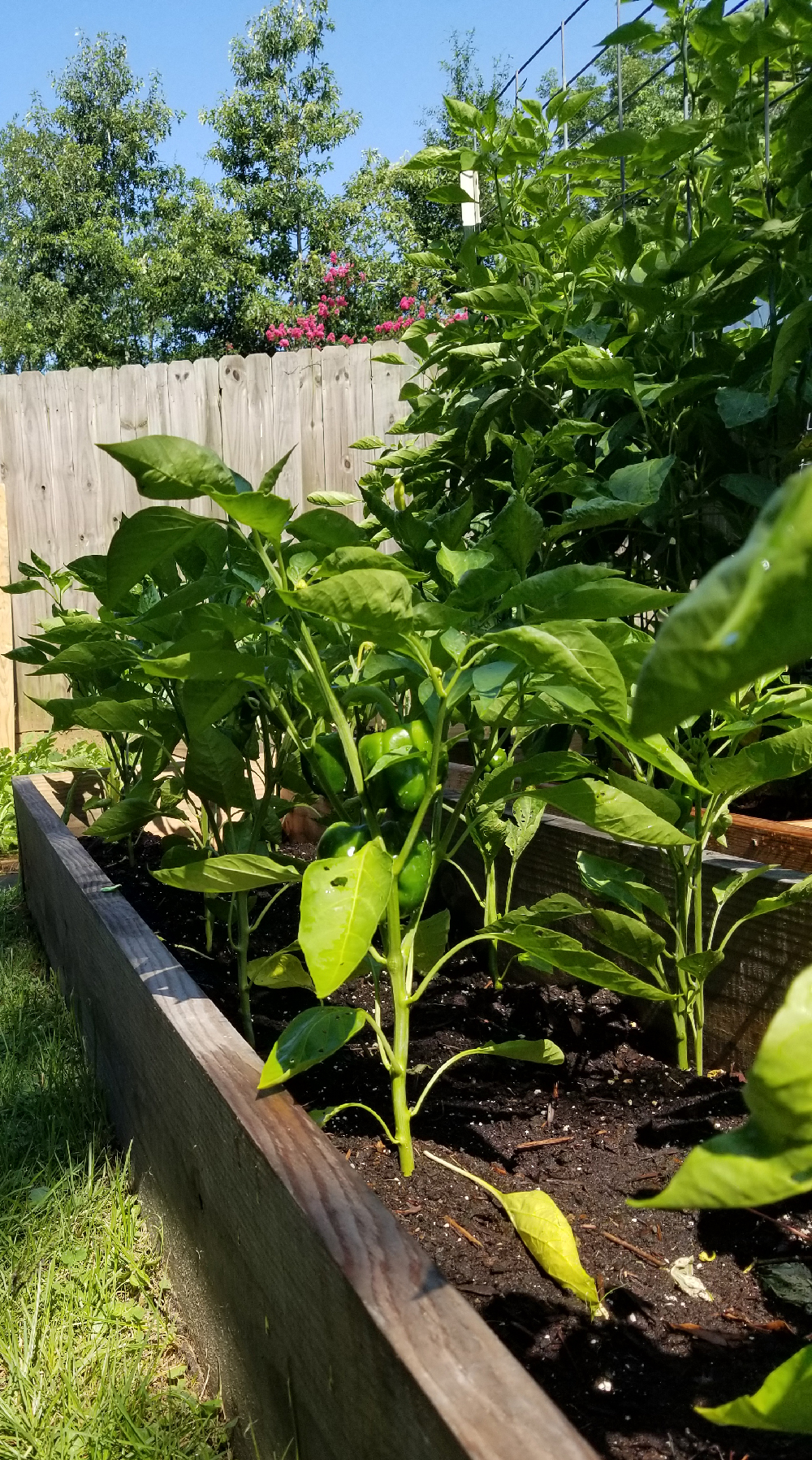
If you’re trying to install a raised bed where sod already exists, you will have a slightly more difficult time. You will need to cut the sod around the perimeter of the garden and flip it over. This may sound simple, but you will need something with a very sharp edge to slice the edges of the sod and get under it. Once you have turned it all upside down, it is best to add a layer of straw to discourage the grass from growing back up. After the layer of straw, simply add all the soil and steer manure that a normal garden would need.
Planting your plants in your new area shouldn’t pose many difficulties. It is essentially the same process as your usual planting session. Just be sure that the roots don’t extent too far into the original ground level. The whole point of creating the raised bed is to keep the roots out of the soil which saturates easily. Having long roots that extend that far completely destroys the point.
Here is a link to find the best choice products for Raised Bed Gardening on Amazon
Once you have plants in your new bed, you’ll notice an almost immediate improvement. The added soil facilitates better root development. At the same time, evaporation is prevented and decomposition is discouraged. All of these things added together make for an ideal environment for almost any plant to grow in. So don’t be intimidated by the thought of adjusting the very topography of your yard. It is a simple process as I’m sure you’ve realized, and the long-term results are worth every bit of work.
